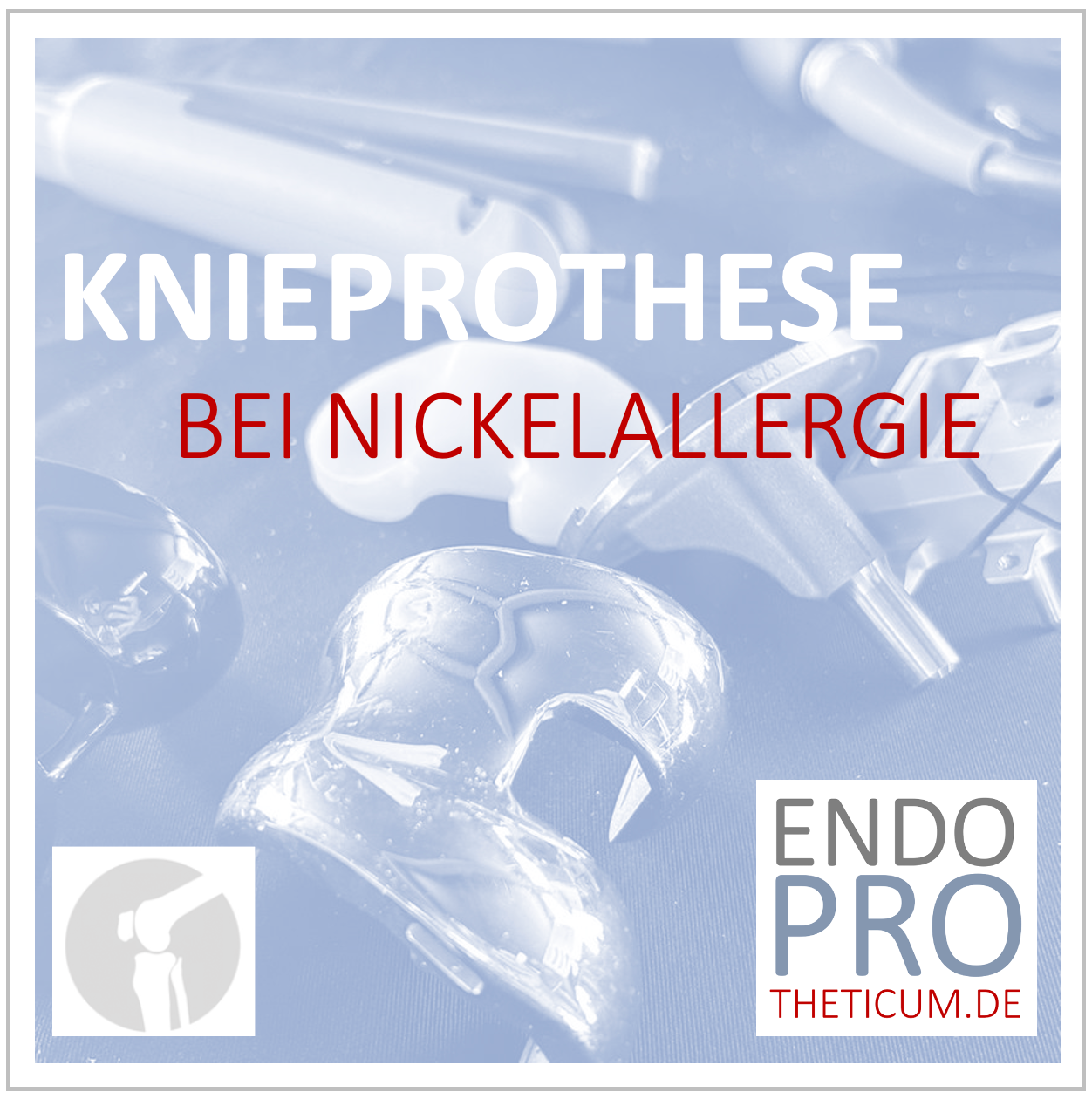THA revision: When does a change have to take place?
Everything about changing a hip replacement (revision)

A total hip replacement (hip replacement) is a complex and crucial procedure that becomes necessary when the existing hip prosthesis no longer functions properly. Such revisions are essential to maintain patients' mobility and quality of life. This blog post provides a comprehensive overview of the reasons, signs and process of a THA replacement.
Reasons for a THA replacement
The need for a total hip replacement can be caused by various factors. The most common reasons include:
- Prosthesis wear: Hip prostheses have a limited lifespan, typically between 15 and 25 years. Over time, the components wear out and lose their functionality.
- Prosthesis loosening: Due to constant pressure and movement, the anchoring of the prosthesis in the bone can become loose, causing pain and instability.
- Infections: An infection around the prosthesis can lead to a serious complication that requires replacement.
- Bone loss: Osteolysis or bone loss around the prosthesis can affect stability.
- Prosthesis breakage: In rare cases, a prosthesis can break and must be replaced.
- Patient-related factors: body weight, lifestyle and bone quality influence the durability of the prosthesis.
Signs that a THA replacement is necessary
Patients should pay attention to several symptoms that could indicate problems with the hip replacement:
- Pain in the hip or thigh: Persistent pain can be the first sign of problems with the prosthesis.
- Restrictions on movement: Difficulty walking or making everyday movements may indicate loosening or other problems.
- Instability: A feeling of instability or dislocation of the prosthesis indicates serious problems.
Diagnosis and examinations
Regular check-ups are crucial in order to recognize early signs that a THA replacement is necessary. These investigations include:
- Clinical Examination: A thorough physical examination by the orthopedist.
- Imaging: X-rays, CT scans and MRIs help assess the position and condition of the prosthesis.
- Laboratory tests: Blood tests can indicate infections.
Process of the revision of the total hip replacement
A total hip replacement is a complex surgical procedure that includes several steps:
- Preoperative preparation: This includes a comprehensive assessment of the patient's health, including blood tests and imaging.
- Removal of the old prosthesis: The surgeon carefully removes the existing prosthesis to minimize damage to the surrounding bone.
- Preparation of the bone: The remaining bone is prepared to receive the new prosthesis.
- Insertion of the new prosthesis: A new prosthesis is implanted that is optimally adapted to the needs and anatomy of the patient.
- Postoperative care: After surgery, there is a period of monitoring and rehabilitation to restore mobility and function to the joint.
Rehabilitation and aftercare after hip replacement
Rehabilitation after a total hip replacement is crucial for the success of the procedure. It includes:
- Physiotherapy: Exercises to strengthen muscles and improve mobility.
- Pain control: Using pain medications and other methods to relieve pain.
- Long-term monitoring: Regular follow-up visits to monitor the function of the new prosthesis.
Advances in total hip replacement technology
Modern hip replacements and surgical techniques have significantly improved the durability and functionality of hip replacements. Advancements include:
- New materials: Use of durable materials such as ceramic and highly cross-linked polyethylene that cause less wear and tear.
- Modular systems: These enable a more precise adjustment of the prosthesis to the individual anatomy of the patient.
- Minimally invasive techniques: Reduce surgical trauma and speed recovery.
Conclusion
A THA replacement is an important option for patients whose original hip prosthesis no longer works. Through regular check-ups, early diagnosis and the use of modern surgical techniques, a total hip replacement can be carried out successfully to improve the patient's quality of life. If you notice signs of problems with your hip replacement, you should contact an experienced orthopedist to discuss the best treatment options.
MAKE AN APPOINTMENT?
You are welcome to make an appointment either by phone or online .



























